A troubling shift pulling the planet off balance.
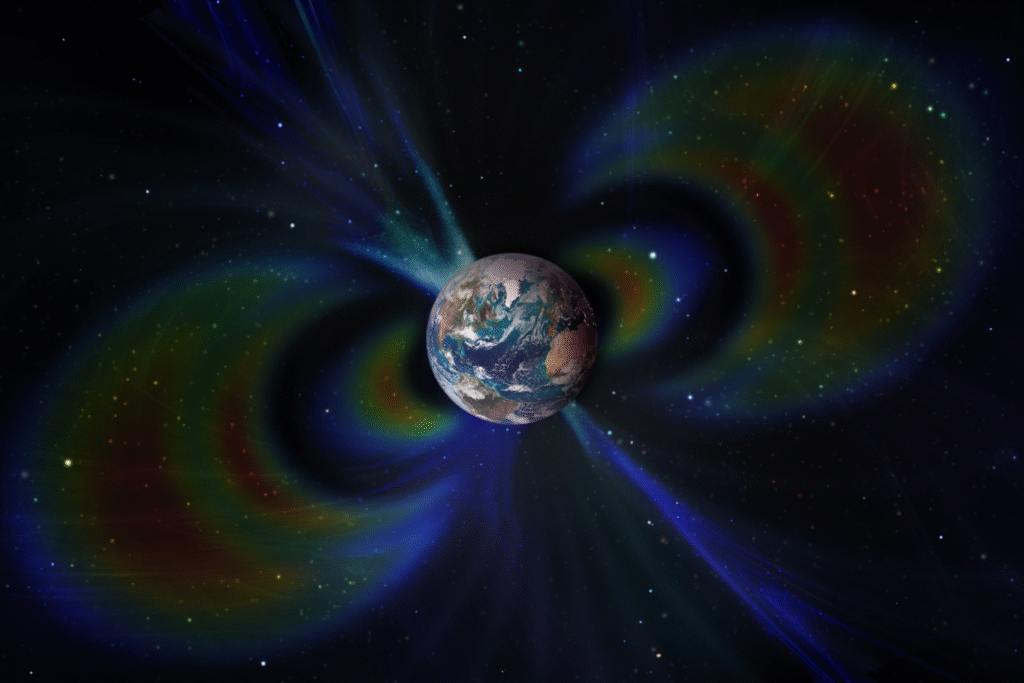
The Earth has lurched in a direction no one expected, tilting just enough to unsettle scientists who track the quiet movements beneath our feet. For years this drift unfolded unnoticed by ordinary life, yet it signals something far larger than a simple shift in position. It exposes a world reacting sharply to the pressure we place on it, bending under the collective weight of our choices. The tilt may be small, but the message it carries is anything but subtle.
1. Groundwater loss forced the planet to lean unnaturally.
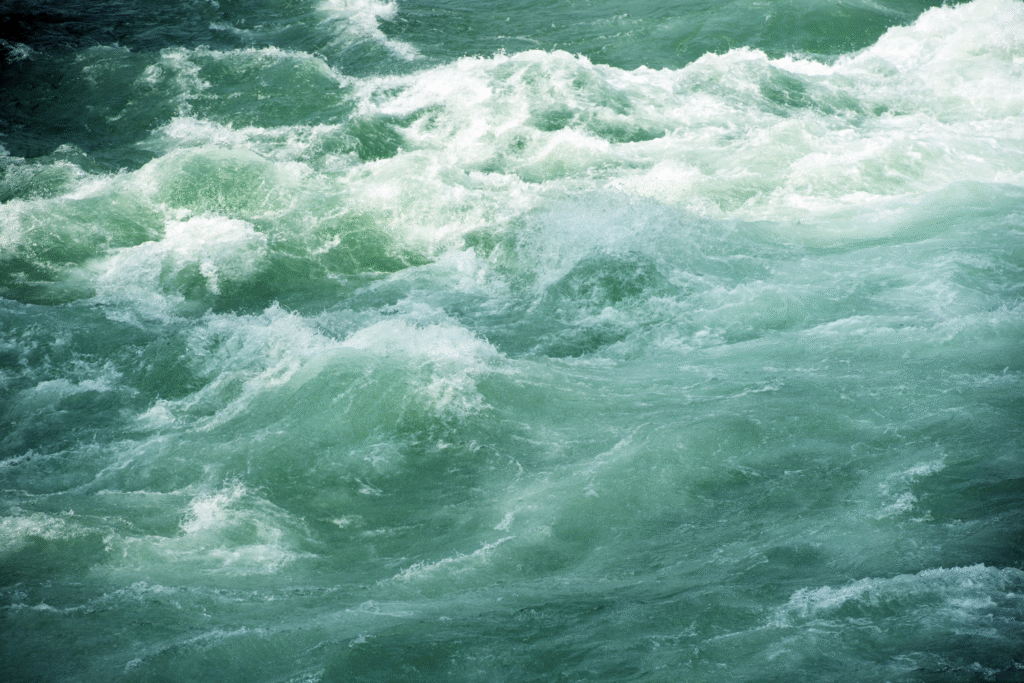
Scientists discovered that billions of tons of groundwater removed for farming and cities pushed the axis of Earth more than thirty inches from its original course. According to Smithsonian Magazine, the water pumped from deep reservoirs eventually spilled into the oceans, shifting the balance of the entire planet in a measurable and troubling way. The Earth moved because we misplaced its weight.
As that hidden water drained away the surface above it sank and the oceans swelled. The planet reacted like a strained body resisting an unsettling internal imbalance. Such a forceful global nudge from human activity was once unthinkable.
2. Shifting mass changed the planet’s ancient rotational pattern.

Water that once rested quietly underground now churns in the oceans and that migration altered how the Earth turns. The redistribution of mass forced the axis into a new position that scientists verified with satellite data, as reported by NASA Earth Science News. The planet’s rotation is no longer following its natural path.
The change is not dramatic to the eye yet it carries the weight of a system being pushed from its comfort zone. When mass moves this deeply the Earth responds with a kind of physical discomfort that signals something profound has taken place.
3. Human influence now outweighs powerful natural forces.

Researchers learned that the drift can no longer be explained by melting ice sheets or natural shifts alone. Human driven groundwater extraction has surpassed nature itself as the leading force behind this tilt, as stated by a study summarized in Nature. That means our actions now compete with the planet’s oldest and strongest internal processes.
This is the moment the scale tipped. Once natural forces shaped the planet’s motion. Now human activity has stepped into that role, altering fundamental behavior in ways that feel both extraordinary and unnerving. It is a sign that we are pushing the Earth toward thresholds we barely understand.
4. Rising seas feed directly into the growing instability.

The water drained from land surged into the oceans, making them heavier and unevenly distributed. That imbalance pulled on the axis, adding another twist to the planet’s tilt. It reveals a chain of events where land depletion, ocean rise and global mechanics collide in a single outcome.
The oceans do not fill evenly. They swell in certain regions more than others and that swelling tugs at the planet like a shifting weight on a slowly turning wheel. The deeper the seas rise the more strain the Earth endures in its attempt to find balance again.
5. Slight rotational changes could disrupt precise global systems.
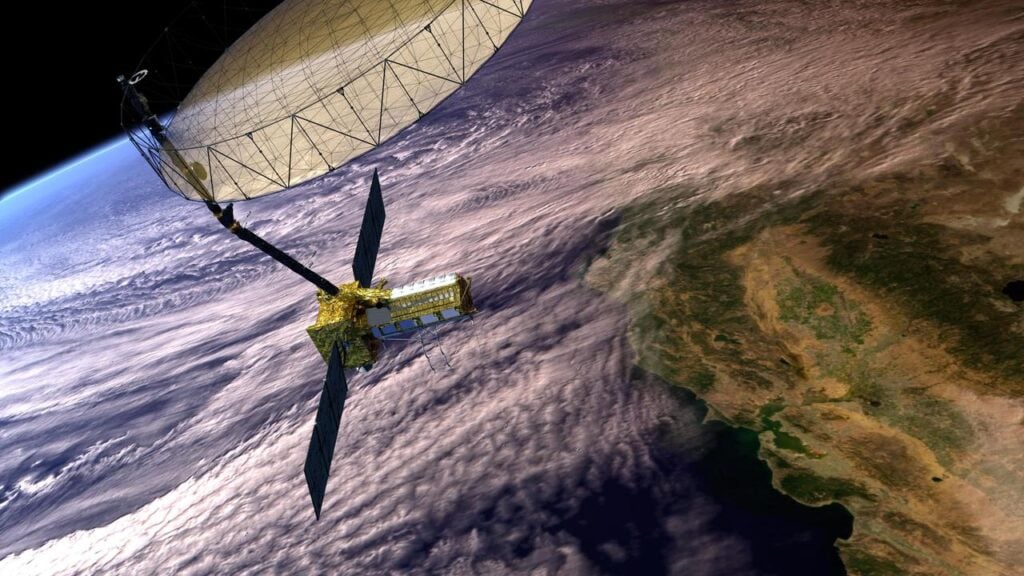
As the planet slows even slightly the length of a day can change by tiny increments. No one will feel it, yet systems that guide aircraft, satellites and timing networks rely on the exact rhythm of Earth’s rotation. A slight deviation can create cascading complications felt far from the sources that caused them.
This effect builds quietly, growing with each shift in mass. What looks harmless on the surface gains force within the sensitive machinery that keeps modern society running. The Earth does not need to change much to create widespread consequences.
6. Local water depletion creates worldwide physical instability.
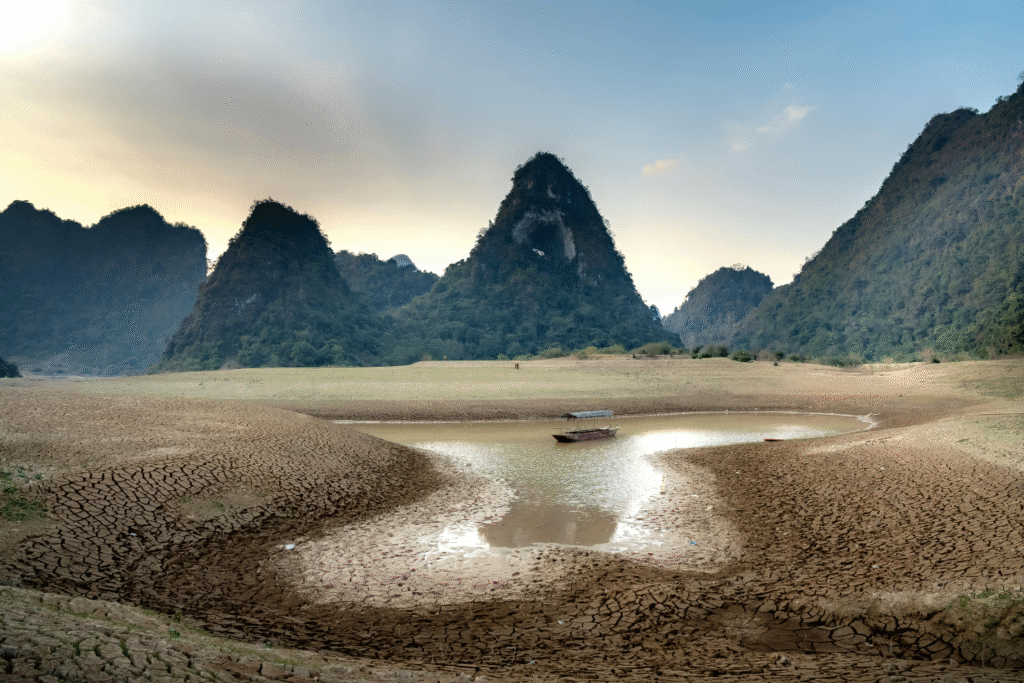
Communities drawing groundwater for crops or survival rarely imagine the global reach of that act. Yet each extraction weakens the stability of enormous underground reservoirs. When they collapse the mass above them changes and the imbalance radiates outward across the entire planet.
Science now confirms that routine regional water decisions are capable of altering world scale physics. The idea seems frightening because it reveals how little separates daily life from planetary behavior. Local choices can now bend global systems, and that reality demands attention.
7. Massive reservoirs also distort the planet’s equilibrium.

Holding vast quantities of water inland shifts pressure across continents. The Earth feels that strain and gradually adjusts by leaning toward the new weight. These changes were never considered when building reservoirs, yet they now contribute to the tilt that alarms researchers.
The planet is sensitive to every major rearrangement of its mass. When humans trap or move extraordinary amounts of water the ground responds like a structure carrying too heavy a load. It bends slowly at first, then more noticeably as those alterations accumulate.
8. Tilt changes may steer future climate in uneasy directions.

Axial shifts influence how sunlight strikes the world, distributing warmth unevenly across regions. Over time even small changes can alter weather patterns, storm behavior and seasonal timing. This subtle tilt could become part of the long term climate forces shaping the world ahead.
It introduces a variable we never expected to create ourselves. The shift is not large enough to change climate overnight, but it joins other pressures already stressing the atmosphere. When movements of the planet begin to reflect human actions the future becomes harder to predict with confidence.
9. Monitoring these shifts becomes crucial to global safety.
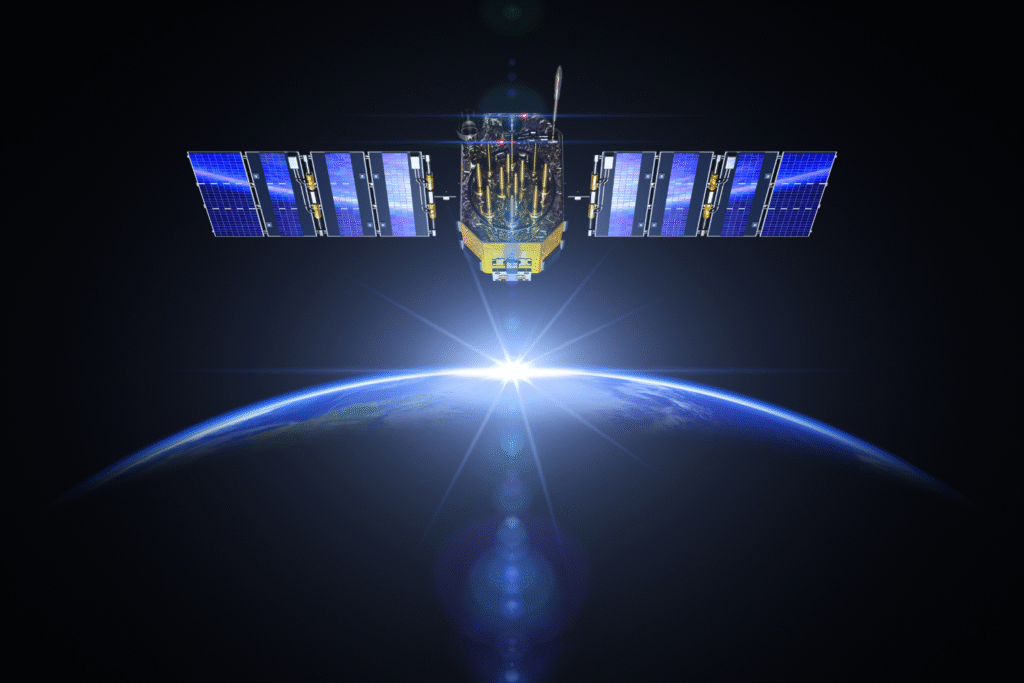
Satellites tracking every tremor of the axis show a planet in motion responding to human behavior whether we feel it or not. These systems now act like early warning instruments revealing how close Earth may be drifting to deeper instability. Watching the axis is no longer a scientific luxury.
It provides essential information about how the world might behave as pressures increase. With every slight movement the planet tells us something about the path we are taking. Ignoring that signal risks being caught off guard by effects we could have foreseen.
10. Our future depends on pulling the planet back into balance.
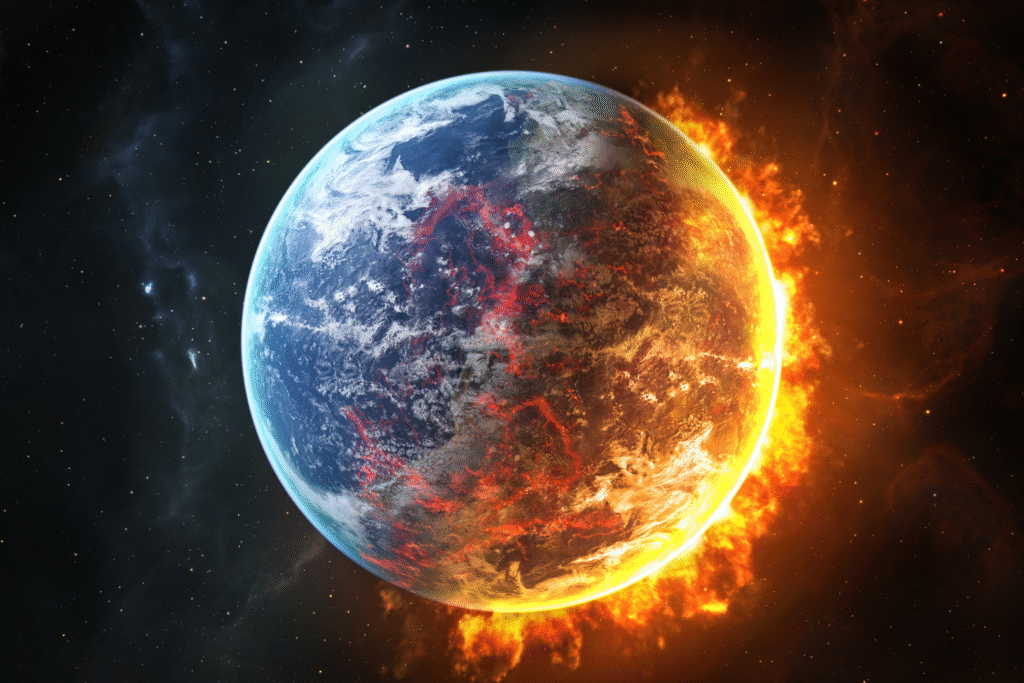
The tilt is not a disaster but it is a warning. It shows what happens when humanity shifts too much of the planet’s weight without understanding the cost. Smarter management of water, better protection of aquifers and careful planning can prevent the axis from drifting further.
The Earth is not fragile, yet it is responsive. When we unsettle it the world adjusts in ways we cannot easily undo. The stability of the planet now depends on choices we make today and the longer we wait the harder it becomes to restore balance.
